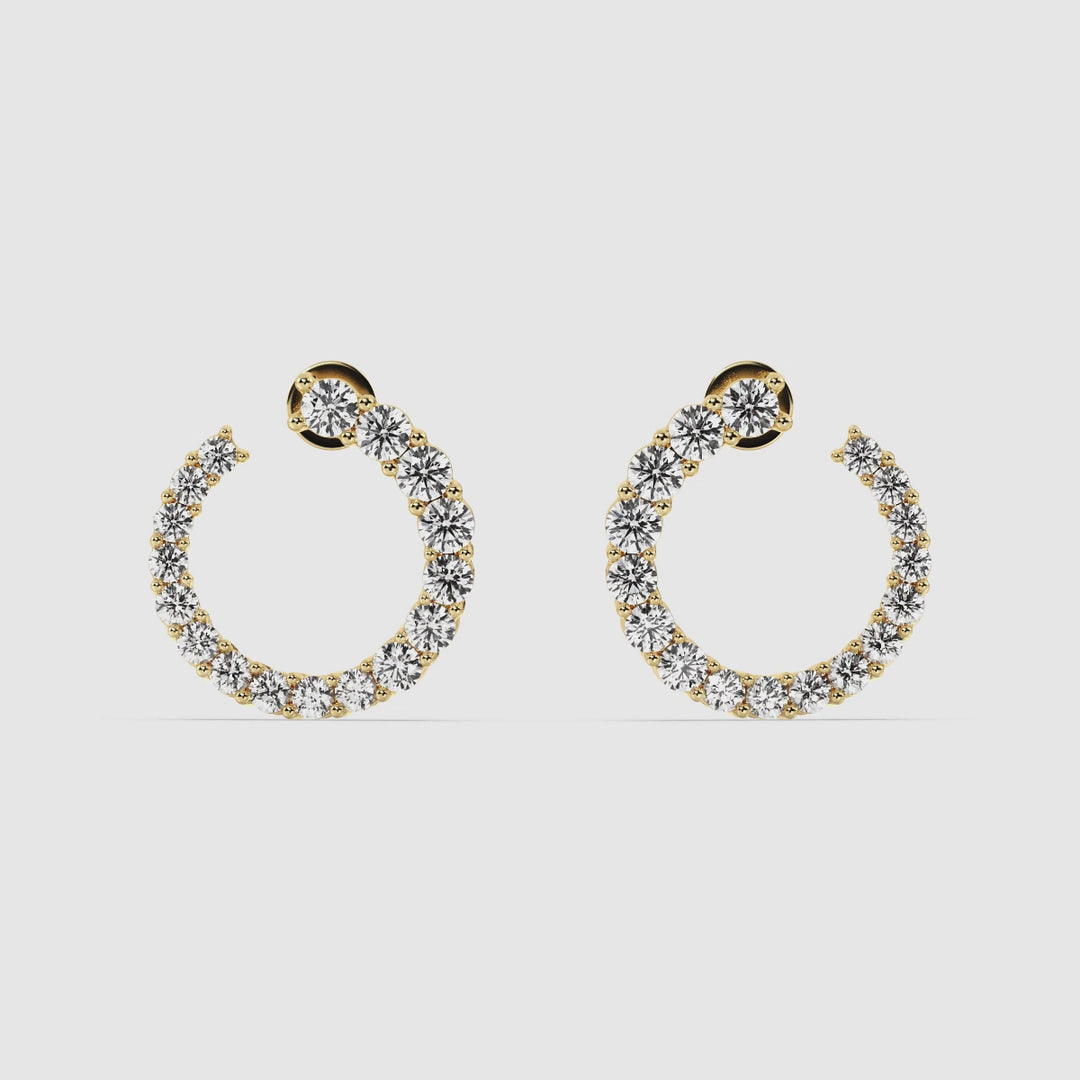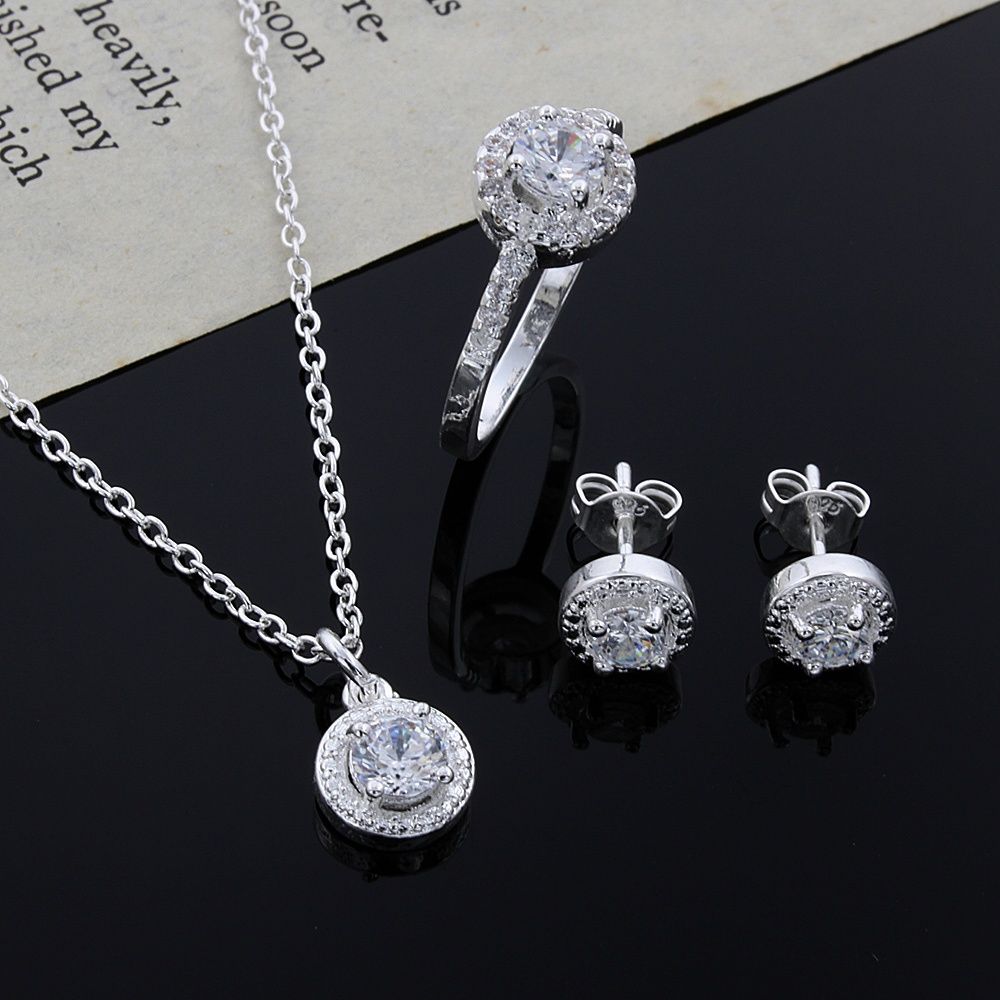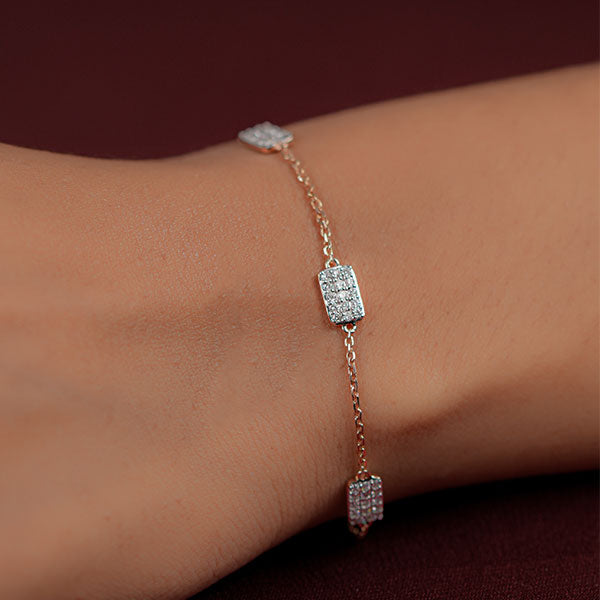
As the jewelry industry evolves, many consumers are faced with the choice between lab grown diamonds vs real. Both options offer unique benefits and challenges, making it essential for buyers to understand their differences. This article explores the key distinctions between lab-grown and real diamonds, helping consumers make informed decisions.
What Are Lab-Grown Diamonds?
Lab-grown diamonds are created in controlled environments using advanced technology that replicates the natural conditions under which diamonds form. The two primary methods for producing lab-grown diamonds are High Pressure High Temperature (HPHT) and Chemical Vapor Deposition (CVD). Both processes result in lab grown diamonds that are chemically and physically identical to mined diamonds, often referred to as “real” diamonds.
What Are Real Diamonds?
Real diamonds, or mined diamonds, are formed over millions of years deep within the Earth’s mantle under extreme heat and pressure. These gems are extracted through mining operations and are subject to various ethical and environmental concerns. While real diamonds have traditionally held a prestigious place in the market, rising awareness of sourcing practices is prompting consumers to consider alternatives.
Chemical and Physical Properties
One of the most significant advantages of lab-grown diamonds is that they are virtually indistinguishable from real diamonds. Both types of diamonds share the same chemical composition (carbon) and crystal structure. In fact, they can only be differentiated through specialized equipment used by gemologists. For consumers, this means that when they choose lab-grown diamonds, they are not sacrificing quality or beauty.
Cost Differences
Cost is a major factor for many consumers when deciding between lab-grown and real diamonds. Lab-grown diamonds typically cost 20-40% less than their mined counterparts, making them an attractive option for budget-conscious buyers. This price difference allows consumers to invest in larger or higher-quality stones without exceeding their budgets, making lab-grown diamonds an appealing alternative.
Environmental Impact
The environmental impact of diamond mining has become a critical concern. Traditional mining practices can lead to deforestation, habitat destruction, and significant ecological damage. In contrast, lab-grown diamonds have a much smaller carbon footprint. By choosing lab-grown diamonds, consumers can feel good about their purchase, knowing it contributes to a more sustainable and environmentally friendly jewelry industry.
Ethical Considerations
Ethical sourcing is another important aspect of the lab-grown versus real diamond debate. Mined diamonds can be associated with human rights abuses, such as conflict diamonds that fund armed conflict or exploit workers in dangerous conditions. Lab-grown diamonds eliminate these ethical concerns, providing a transparent and responsible choice for consumers. By opting for lab-grown diamonds, buyers can ensure their purchase supports ethical practices.
Resale Value
One area where real diamonds hold an advantage is in their resale value. Mined diamonds tend to retain their value over time, often being viewed as a long-term investment. In contrast, lab-grown diamonds currently have a lower resale value. As the market for lab-grown diamonds grows, it’s uncertain how their resale value will evolve. Buyers should consider their intentions regarding resale when making a decision.
Variety and Customization
Both lab-grown and real diamonds offer a wide range of options in terms of shape, size, and quality. However, lab-grown diamonds often provide greater flexibility in customization. Many jewelers specializing in lab-grown diamonds allow customers to design their own pieces, tailoring them to individual preferences. This level of personalization can enhance the emotional significance of the jewelry.
Consumer Perception
Consumer perception plays a vital role in the lab-grown versus real diamond discussion. While lab-grown diamonds have gained acceptance, some still view mined diamonds as more prestigious due to their natural origin and historical significance. However, attitudes are changing, particularly among younger consumers who prioritize sustainability and ethical sourcing over traditional perceptions of luxury.
Conclusion: Making an Informed Choice
The choice between lab-grown diamonds and real diamonds ultimately comes down to personal values and preferences. Lab-grown diamonds offer an ethical, environmentally friendly, and affordable alternative without sacrificing quality. On the other hand, real diamonds carry a sense of tradition and may hold better resale value. As consumers become more informed about their options, the jewelry industry will continue to adapt to these changing preferences. By understanding the differences between lab-grown and real diamonds, buyers can make choices that align with their values and celebrate their love in a meaningful way.






